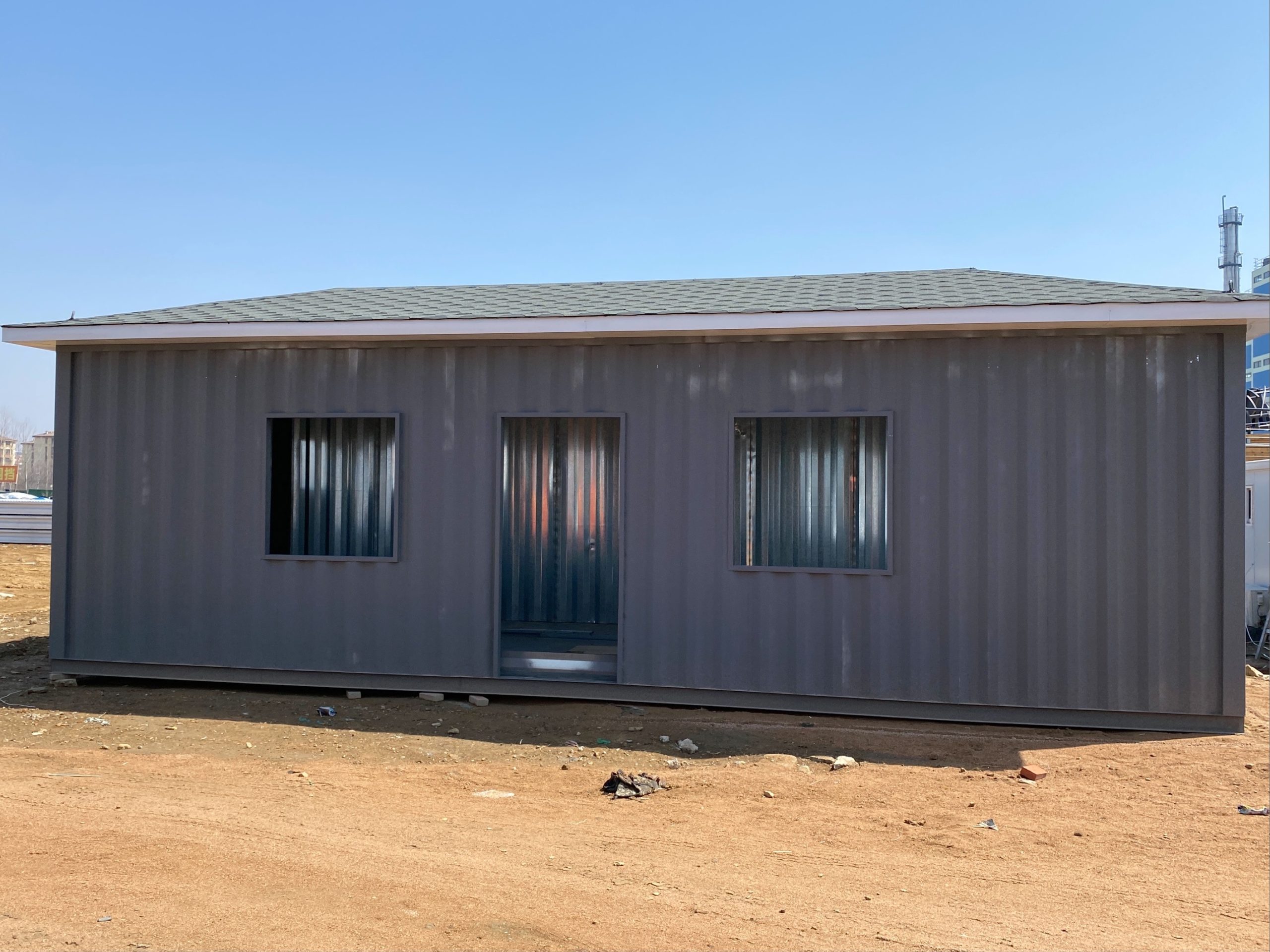Table of Contents
Cost-Benefit Analysis of Using Container Houses as School Classrooms
Container houses have gained popularity in recent years as an alternative and sustainable housing option. These structures, made from repurposed shipping Containers, offer a cost-effective and environmentally friendly solution for housing needs. However, their potential extends beyond residential use, as container houses can also be utilized as school classrooms. In this article, we will conduct a feasibility analysis of using container houses as school classrooms, focusing on the cost-benefit aspect of this innovative approach.
One of the primary advantages of using container houses as school classrooms is their affordability. Compared to traditional brick-and-Mortar buildings, container houses are significantly cheaper to construct. The cost of purchasing and converting a shipping container into a classroom is much lower than building a new classroom from scratch. This cost savings can be particularly beneficial for schools operating on a tight budget or in need of additional classroom space.
Furthermore, container houses are quick to assemble, allowing for a faster construction timeline compared to traditional buildings. This rapid deployment can be advantageous for schools facing urgent space constraints or needing to accommodate a sudden increase in student enrollment. The modular nature of container houses also makes it easy to add or remove classrooms as needed, providing schools with flexibility in adapting to changing circumstances.
In addition to cost savings and flexibility, container houses offer environmental benefits as well. By repurposing shipping containers that would otherwise be discarded, schools can reduce their carbon footprint and contribute to sustainability efforts. Container houses can also be designed to be energy-efficient, incorporating features such as Solar Panels and insulation to minimize energy consumption and reduce operating costs in the long run.
Despite these advantages, there are also challenges and considerations to take into account when using container houses as school classrooms. One potential concern is the limited space and layout options offered by standard shipping containers. Schools may need to invest in modifications and customizations to ensure that the container classrooms meet their specific needs and requirements. This additional cost should be factored into the overall feasibility analysis of using container houses as classrooms.
Another consideration is the durability and longevity of container houses. While shipping containers are designed to withstand harsh conditions during transportation, they may not be as resilient to the wear and tear of daily use as traditional buildings. Schools will need to invest in maintenance and upkeep to ensure that the container classrooms remain safe and functional over time.
In conclusion, the feasibility of using container houses as school classrooms depends on a careful cost-benefit analysis that takes into account the advantages and challenges of this innovative approach. While container houses offer cost savings, flexibility, and environmental benefits, schools must also consider the additional costs of customization and maintenance. By weighing these factors carefully, schools can determine whether container houses are a viable and sustainable option for meeting their classroom needs.
Environmental Impact Assessment of Container Houses for Educational Purposes
Container houses have gained popularity in recent years as an alternative housing solution due to their affordability, durability, and sustainability. However, their potential use as school classrooms is a topic that has not been extensively explored. In this article, we will conduct a feasibility analysis of container houses as school classrooms, focusing on their environmental impact.

One of the key advantages of using container houses as school classrooms is their sustainability. Shipping containers are typically made from steel, which is a highly recyclable material. By repurposing these containers for educational purposes, we can reduce the demand for new construction materials and minimize waste. Additionally, container houses can be designed to be energy-efficient, with features such as solar panels, insulation, and natural ventilation systems. This can help schools reduce their carbon footprint and operating costs in the long run.
Another benefit of using container houses as school classrooms is their durability. Shipping containers are designed to withstand harsh weather conditions and transportation stresses, making them a sturdy and long-lasting building option. This can be particularly advantageous for schools located in areas prone to natural disasters, as container houses can provide a safe and secure learning Environment for students and teachers.
In terms of cost, container houses are generally more affordable than traditional brick-and-mortar buildings. The upfront cost of purchasing and converting a shipping container into a classroom is significantly lower than that of constructing a new building from scratch. This can be a major advantage for schools with limited budgets, allowing them to allocate resources to other educational needs.
However, there are also some challenges associated with using container houses as school classrooms. One of the main concerns is the potential for indoor air quality issues. Shipping containers are not originally designed for human habitation, and may contain harmful Chemicals such as Lead-based paint or volatile organic compounds (VOCs). Proper ventilation and insulation measures must be implemented to ensure a healthy and safe learning environment for students and staff.
Additionally, container houses may not always meet the space requirements of a school classroom. While shipping containers can be easily stacked and combined to create larger spaces, they may not provide the same flexibility and layout options as traditional buildings. Schools considering container houses as classrooms should carefully assess their spatial needs and design requirements to ensure that the containers can adequately accommodate their educational activities.
In conclusion, container houses have the potential to be a viable and sustainable option for school classrooms. Their affordability, durability, and environmental benefits make them an attractive choice for educational institutions looking to reduce their carbon footprint and operating costs. However, careful consideration must be given to the potential challenges and limitations of using container houses, such as indoor air quality issues and space constraints. By conducting a thorough feasibility analysis and implementing appropriate design and construction measures, container houses can be successfully integrated into the educational environment, providing students with a safe, healthy, and environmentally-friendly learning space.
